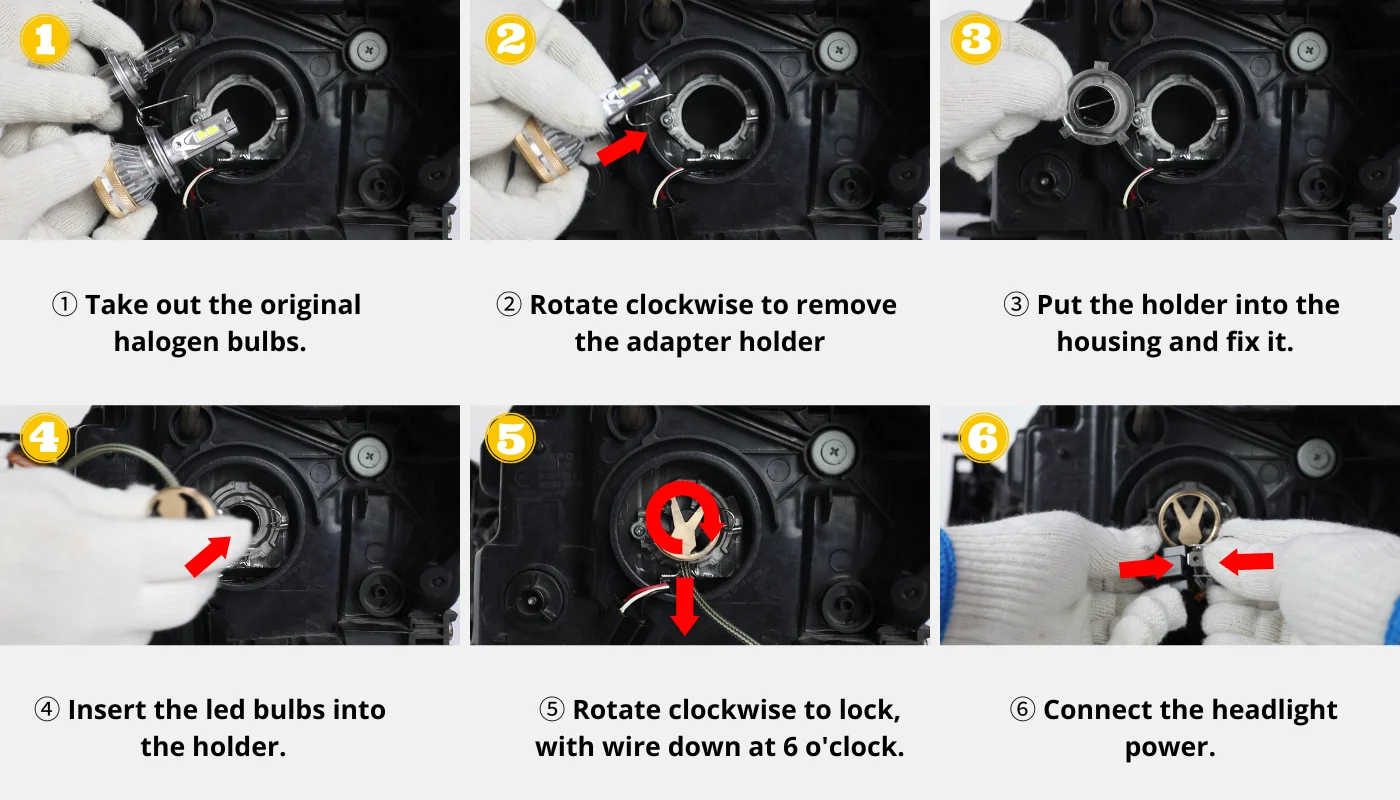The Future of Autonomous Trucks in Logistics
Autonomous trucks can transform logistics. Their deployment eliminates human error that is responsible for many road accidents and optimizes fuel consumption.
Trucks capable of 24/7 driving will dramatically shorten delivery timelines and cut labor costs significantly.
Safety
Autonomous trucks use large amounts of data to make rapid decisions without human input, speeding delivery times and cutting costs in logistics networks. Furthermore, driverless trucks can operate 24/7 while drivers must adhere to Hours of Service regulations that stipulate their break times.
However, logistics companies often face difficulties integrating autonomous trucks. For example, their technology may not work reliably under extreme weather conditions and cybersecurity issues may arise from hackers being able to gain entry to their systems.
Even with these challenges, truck developers remain optimistic about autonomous trucks’ future. Many developers are working on developing Level 4 and 5 autonomous trucks – vehicles capable of driving without human supervision – which could one day replace truck drivers completely. Some fleets already use autonomous vehicles on long haul routes with an operations specialist acting as copilot; others use them on last mile routes between distribution hubs and retail outlets. Although these autonomous trucks haven’t completely taken over drivers’ jobs yet, as technology improves more jobs will likely become redundant over time.
Efficiency
Trucking automation promises to revolutionize freight transport. Not only will it cut delivery times significantly, but its use could also reduce logistics companies’ operating costs; labor makes up 40% of logistic managers’ operational budgets.
Autonomous trucks have the advantage of operating nonstop without being subject to Hours of Service regulations or taking breaks, meaning they can cover greater distances in one day than human drivers can, enabling companies to make deliveries within 24 hours and increase inventory turnover, potentially decreasing warehouse space needs.
But can this level of efficiency really be reached with self-driving trucks alone? Many experts disagree. Instead, they point out the necessity for trained human truck drivers with intuitive situational awareness on the road that cannot be replicated by algorithms; such truckers can troubleshoot, detect other motorists’ actions and make split second decisions that AI systems would struggle with making.
Convenience
Autonomous trucks make for more effective logistics operations, as they can adapt their route to avoid traffic and stay within safe driving speeds while saving fuel and emissions costs. Furthermore, their built-in diagnostic systems enable faster vehicle maintenance thereby decreasing overall supply chain expenses.
Some companies are already developing autonomous trucks that can navigate themselves from depot to depot without human drivers using “platooning,” an advanced technique connecting wirelessly-linked trucks in close proximity and optimizing acceleration and braking patterns, thus improving aerodynamics while decreasing fuel consumption by up to 20%.
But these trucks don’t yet possess all of the features needed for fully autonomous operation and their prices remain prohibitive at present. Instead, most developers are currently focused on Level 4 autonomy: trucks that operate without human drivers in limited conditions.
Flexibility
McKinsey estimates that autonomous trucks could reduce operating costs by 45 percent – saving consumers money through reduced prices on consumer goods.
Autonomous trucks are expected to significantly enhance efficiency by eliminating costly delays. Operating 24/7 without breaking for break periods to comply with Hours of Service regulations, they also make longer distance travel possible as there will be no breaks necessary (except refueling, loading and maintenance needs).
Companies can optimize routes to reduce fuel costs, making their logistics businesses more cost-efficient while meeting customers’ expectations. Another benefit of autonomous trucks is that they can drive in platoons with drivers in charge of individual vehicles who can take full control over them; this can alter the masculine image associated with trucking while encouraging women into this field of employment. A faster rollout may help alleviate driver shortages as well.












